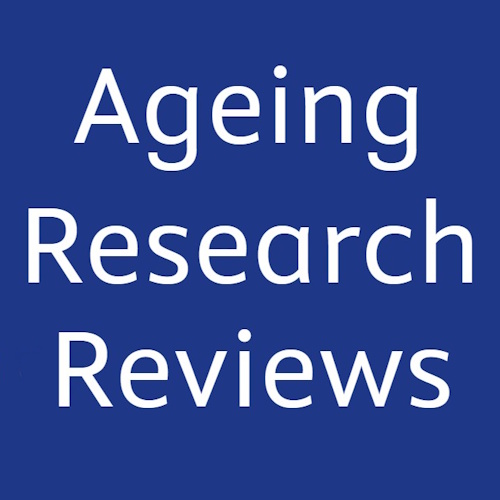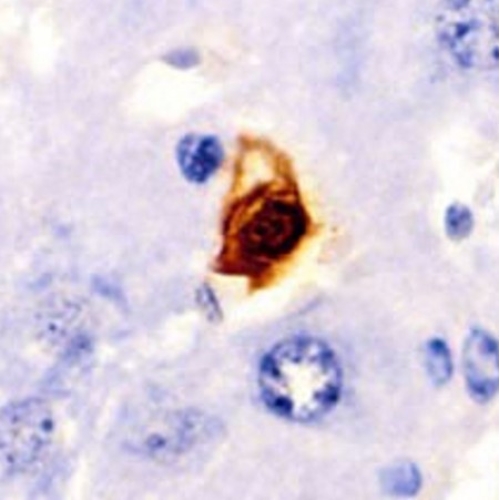Key points from article :
Research into damage accumulation in long-living macromolecules published in Ageing Research Reviews.
Idea that non-enzymatic extracellular matrix cross-links are primary cause of aging was proposed by Björksten in 1942.
Damage of cross-linking is not mentioned in The Hallmarks of Aging.
Weak ECM hypothesis = damage to long-lived macromolecules is just one of the drivers of aging.
Strong ECM hypothesis = cellular aging is caused mainly by ECM degeneration.
Cells are rejuvenated when transferred into young ECM.
ECM is causatively linked to cellular senescence.
The anti-fibrotic nature of cellular senescence has been demonstrated in multiple studies.
Glycated, aging ECM may be indistinguishable from fibrotic ECM.
We could reverse age-related pathologies solely by targeting the ECM degradation.
Mice/rats are unsuitable for testing potential drugs since their ECM cross-links have a methylglyoxal origin.
Enzyme that breaks glucosepane cross-links probably unable to fit between collagen fibrils.






